6 Ways to Write Truly Terrifying Villains
Whether secretly or not, we all enjoy writing villains.
Not only are villains intriguing and intimidating, but there’s just something about writing these characters that’s exciting. Plus, they make great companions to our equally beloved heroes!
However, though writing villains is fun, it also requires more nuance than the average “evil” stereotype. Villains aren’t frightening because they’re evil, but because their desires and goals drive them to increasingly darker places. Fortunately, if you’re trying to write a villain of your own, these six steps will help you make them truly memorable.
What Makes a Terrifying Villain?
Contents
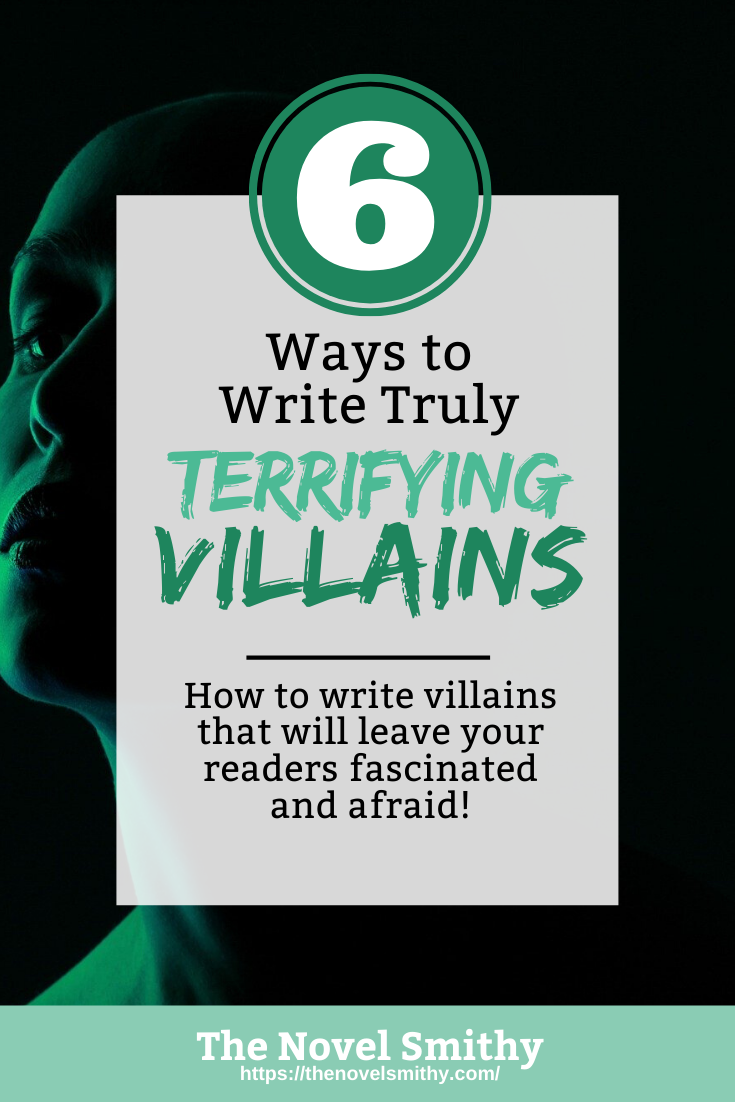 When it comes to writing villains, many writers fall for classic “evil” tropes, never expanding beyond that. However, villains aren’t frightening because they’re violent or evil.
When it comes to writing villains, many writers fall for classic “evil” tropes, never expanding beyond that. However, villains aren’t frightening because they’re violent or evil.
Instead, villains leave an impact because they have no limits.
These characters show us the darker side of humanity, acting as a warning of what we could become if our lives took a different turn. Villains are the Shadows and Shapeshifters of the Hero’s Journey. They know that what they’re doing is wrong, but they justify it and do it anyway—meaning they’re far more nuanced than we often give them credit for.
Unfortunately, this brings us to the problem with many fictional villains: “evil for evil’s sake.”
Don’t get me wrong, there are the Jokers of the world, but those kinds of memorable, evil-just-because villains are far and few between. More often than not, these villains end up as nothing but set pieces, reserved for the finale but having little impact otherwise.
For most villains to succeed, they need screen time.
Not only that, but they also need time to show off their personality, drive, and goals, building themselves up in your readers’ minds as a truly terrifying force.
Of course, not every villain will work the same way. Every character you write will have their own nuance and unique aspects, and villains are no different. Still, you can usually think of your villain characters as one of three types.
The Three Types of Villains in Fiction
The Bismarck Villain:
Often, the most memorable villains work because they have clear desires that impact every element of their story—and no limits when it comes to reaching those goals.
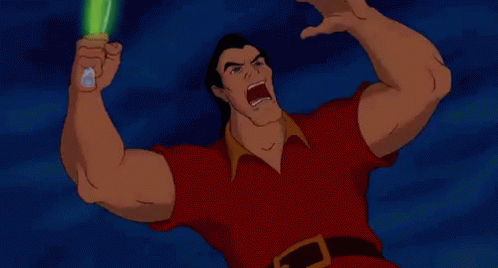
Think of villains like Gaston from Beauty and the Beast. Though somewhat comical as a character, Gaston is still intimidating because he has a well-defined goal driving him forward—make Belle his wife. Not only that, but he is more than willing to go to extreme lengths to achieve that goal.
This is the kind of villain that can become truly terrifying if written well.
Nothing is “too much” for them to get what they want, from lying to killing, stealing, or any other destructive act you can think of.
The Foil Villain:
On the other hand, some villains work because they act as a foil for the hero. These foil characters are essentially reflections of who the hero might become if they fail to grow and improve as a person—essentially, if they follow a negative character arc.
Darth Vader and Palpatine both fulfill this role in the Star Wars series.
Vader acts as a window into what the Dark Side can do to a person, and Luke ultimately heeds that warning, redeeming his father in the process. Anakin, however, is less lucky. Throughout the prequels, Palpatine is a subtle warning of what lies in store for Anakin if he fails to overcome his need for control and security. Sure enough, Anakin succumbs to the Dark Side, becoming Palpatine’s puppet as a result.
In the end, both of these villains worked because they provided a foil for their respective heroes, mirroring that hero’s worst traits back at them in an extreme form.
The Inhuman Villain:
Last but not least, we have villains that are more a force of nature than a nuanced character. While Heath Ledger’s Joker and Sauron may be exceptions to the rule, these extreme villains do sometimes succeed—and not as some strange anomaly either.
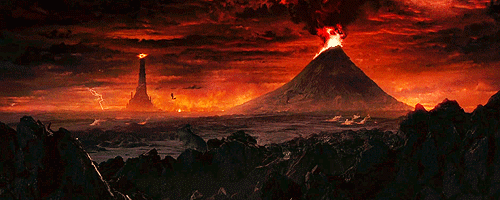
Inhuman villains, characters that are so evil they’ve gone beyond humanity, can leave a powerful impact on your readers. Specifically, these villains are more about putting a spotlight on the rest of your cast than anything else. They act as a test of your character’s morality, strength of will, and mental fortitude, pushing them to the breaking point through their sheer power. As a result, it’ll be your characters’ inner struggles that take center stage.
Your villain will simply act as a powerful catalyst for their journey.
Of course, all three types of villains can be mixed and matched in interesting ways—these are just the general groupings you’ll often find. However, every one of them will follow the same six basic principles, which can help you when it comes time to write a villain of your own.
6 Ways to Write Better Villains
Find Their Desire:
First and foremost, you need to motivate your villain the same way you would motivate any other character.
Ask yourself—what do they want and why? What matters to them so much that they would commit such destructive acts? Again, characters like the Joker do exist, but very few villains are truly memorable when all they want to achieve is generic “evil stuff.”
The same goes for only wanting to hurt your hero.
While your hero will inevitably get in their way, your villain’s main goal shouldn’t just be to make your hero suffer—that will come later, as a consequence of your hero obstructing their goals. Instead, think carefully about what your villain desires, and then figure out how that desire will come into direct conflict with your hero. From there, you can set them on a crash course, sit back, and watch the fireworks!
Of course, that might be easier said than done.
To truly understand what your villain desires, you also need to understand their innate needs and how those needs intersect with their personality. Like I mentioned previously, it was Anakin’s need for security and control over his life that pushed him to the Dark Side—both of which are understandable, but become dangerous when twisted to their extreme.
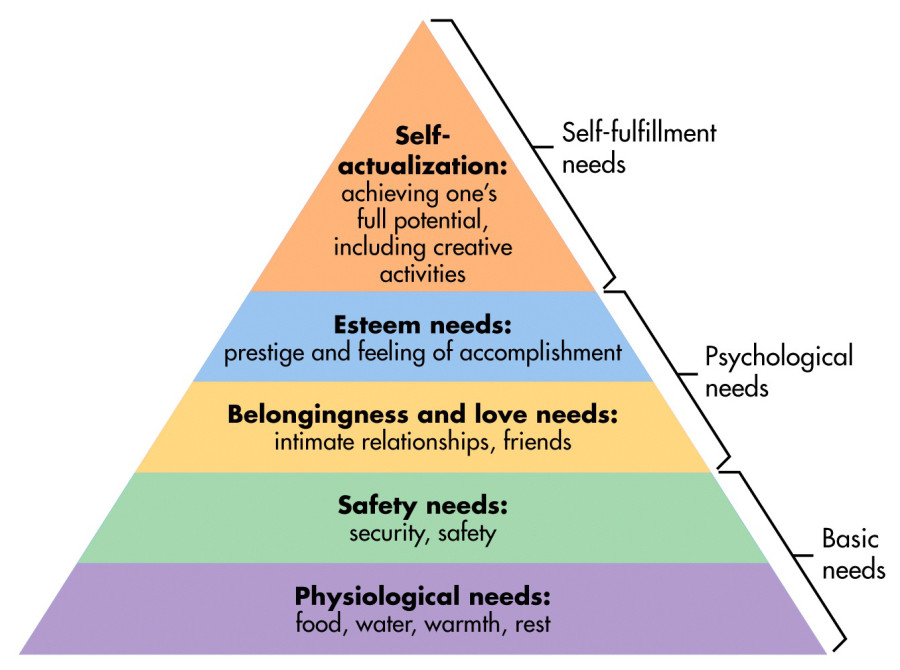
If you’re struggling with this, I recommend looking into Maslow’s Hierarchy of Needs.
This psychological theory digs into the various needs we all have as humans—from innate physical needs like food and safety, to higher needs like purpose and self-actualization—making it a great tool for character development. Ultimately, whatever it is your villain needs or thinks they need, understanding this desire is the first step to writing them well.
Mirror Your Hero:
Next up, we return to foil characters.
While not every villain needs to be a foil, this is still an excellent way to add thematic impact to your story and make every element of your novel feel connected. Best of all, it also means your villain will force your hero to confront difficult truths about themselves that they may not like, adding extra depth to your hero’s character arc.
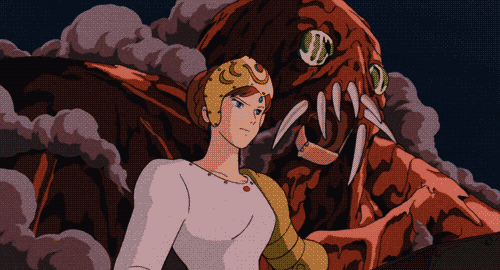
To create this foil villain, consider what would happen if your protagonist followed a negative version of the hero’s character arc.
Ask yourself—what is their inner struggle?
Once you know this inner struggle, take it to the extreme and use it to shape your villain. For instance, a villain who is obsessed with their place in the social food chain and who attacks those that don’t fit in might mirror a hero who struggles with their sense of self-worth.
This is how you create a villain that mirrors your hero, but this is also a great way to create more nuanced, grey antagonists as well. These are antagonists that aren’t truly evil, but who exist in a grey space within your story’s moral compass. You can check out this article for more information on writing this type of antagonist.
Create Impact:
Next up, your villain’s actions need to have real and lasting consequences for your story—both in terms of your plot and your story’s world. Even more importantly, these consequences need to reverberate beyond just your hero themselves.
How do your villain’s actions affect the other people in your hero’s life? What about the world around your hero?
Of course, how this looks in practice will depend on your story.
For instance, the villain of a fantasy epic might want to destroy the world, while the villain of a cozy mystery is just trying to escape the scene of the crime. Obviously, the amount of impact they have on their stories’ worlds will be different, but they will both have an impact—and the more powerful and intimidating the villain, the larger an impact they should have.
So, consider—what effect will your villain have on your story’s world, beyond just your hero?
Ditch the Evil:
For many writers, the term “evil” quickly becomes a cop-out. Rather than thinking about what being a villain really means within the scope of their story, they just slap a few “evil” characteristics on their antagonist and call it a day.
Unfortunately, this is a shallow representation of the villain archetype.
Consider the character archetypes of the Hero’s Journey. While the villain embodies the Shadow archetype, they may also represent elements of the Trickster, the Shapeshifter, or even the Mentor—and all these will combine to add depth and nuance to the character.
Essentially, to write a truly memorable villain, you need to think beyond the “evil” trope. Take the time to really flesh them out as a character and consider how they perceive the world. They’ll believe their destructive actions are justified or even righteous, no matter how horrible they really are. After all, we’re all the hero of our own story—even if we’re the monster in everyone else’s.
We’re all the hero of our own story—even if we’re the monster in everyone else’s. #amwriting #villains Share on XMake Them Real:
On a similar train of thought, your villain will require the same care and attention as any other character you write.
So, when it comes time to create your villain, consider these things:
- What are their likes and dislikes?
- What are their key personality traits, both positive and negative?
- What is their biggest vice?
- What would another person admire about them?
- What do they love and hate?
- What do they fear?
- What is their deepest desire, even if it’s only subconscious?
Remember that your villain will have at least one or two positive traits, even if those traits are stifled by negative ones. We all have something about us that’s good, and your villain will be no different. The more human and complex they seem, the more impactful and frightening their destructive actions will feel!
Above all, don’t settle for writing a cardboard cutout of a villain. Instead, think about your story from their point of view, and flesh them out the same way you would any other well-written character.
Push Them to the Edge:
Finally, once all the work of developing your villain is complete, it’s time to break them.
This is when your villain truly becomes a force to be reckoned with. By using everything you know about their needs, goals, and desires, you can force them to their breaking point, twisting them until they can justify every heinous act they commit.
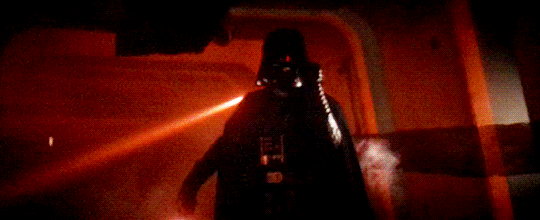
Again, think of Anakin from the Star Wars prequels. Anakin started out as a normal character whose need for control and security was natural, considering he repeatedly lost those he loved in ways out of his control. However, those needs were slowly forced to their breaking point, turning him into the villain Luke would face all those years later.
Your villain will follow the same basic pattern.
Start by identifying their flaws and weak points, and then use those to push them to their logical conclusion, all in pursuit of their deepest desire. Not only will this help you understand them better, but it’ll also make them a more formidable foe for your hero. They want to achieve their goals, and they’ve essentially become a runaway train in pursuit of those goals.
Stopping that train won’t be easy—nor should it be.
The Many Ways to Write Powerful Villains
Ultimately, villains are people (or inhuman specters of evil, but you know… same thing) just like every other character you write.
This means that there are limitless forms of the villain archetype, and there’s nothing stopping you from creating a truly unique, terrifying villain for your novel. At the end of the day, I hope these six tips will guide you as you work on writing your own villain character, so you can ensure they leave a lasting impression on your readers!
However, before we wrap up, I have one last bonus for this article.
If you’re ever struggling to fit your villain into your story in interesting ways, consider these prompts:
- When do your hero and villain meet, and how do they react?
- What does your villain think of your hero early on?
- What do they think by the end?
- How will your villain destroy your hero’s plans or goals?
- How will your hero obstruct your villain’s plans or goals?
- Does your villain corrupt any of your hero’s allies or friends?
- Does your hero redeem any of your villain’s allies?
- How is your villain eventually defeated?
- What makes your villain vulnerable?
Then, if you’re itching to dive deeper into character development, check out The Character Creation Workbook. This free workbook will help you do everything from flesh out your characters’ arcs, to write better character descriptions and more—whether for your villain or any other character!
You can download it by filling out the form below. 🙂


Leave a Reply